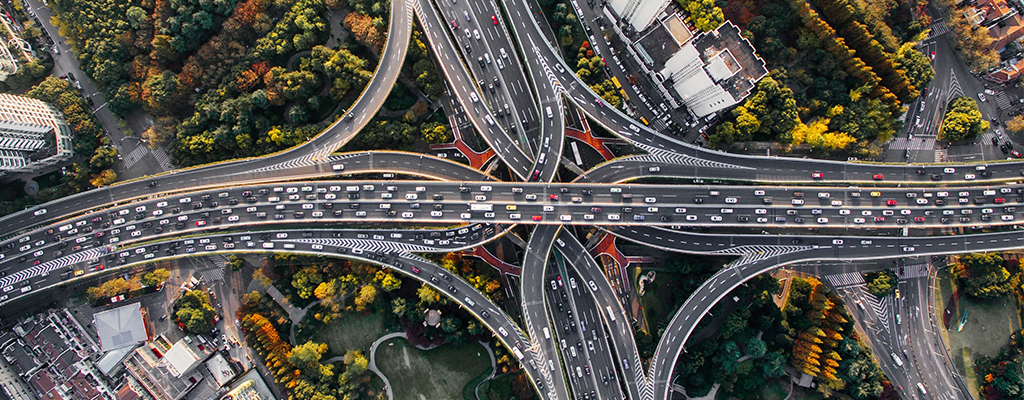
2020 saw an incredible decrease in road traffic: The coronavirus pandemic has had the biggest single-year impact on road traffic since records begin in 1949, so the recent sharp increase in traffic levels might come as a bit of a shock to anyone returning to regular motoring after lockdown.
As normality is restored, our roads are quickly growing busier, with people who drive for work being most affected. Here we share our tips for safe and happy driving on our post-lockdown roads:
“Make sure that you and your vehicle are prepared for anything that might happen out there. Keep calm and motor on!”
Richard Gladman, Head of Driving and Riding Standards at IAM RoadSmart
- Never weave between lanes to try to get ahead. It’s extremely unlikely to help you get to your destination any faster, you’ll be putting yourself and other road users in danger, and you’ll increase the stress levels of drivers around you.
- Using satnav apps can help warn of especially heavy traffic, but be extremely careful not to use handheld devices while driving – research has shown that driving while distracted by a mobile device can be even more detrimental to safety than drink-driving.
- Maintain a general awareness of the environment around your car – frequently checking mirrors and blind-spots as well as looking further ahead gives you the best chance of anticipating hazards and taking appropriate steps if they develop into danger.
- Keep a healthy space around your vehicle, bearing the 2-second rule in mind, and leaving a bigger gap makes for a more relaxed drive, giving you more time to respond to other drivers’ behaviour.
- Some of the most vulnerable road users are likely to be around during rush hour, and if you’re on the road most of the day you may be caught out by their sudden appearance. Give cyclists plenty of room and watch out for children emerging from between parked cars.
- Consider taking some advanced training to help hone your skills in observation, anticipation and planning.
Driver wellbeing is an often-overlooked factor when thinking about hazards on the road. View our latest whitepaper on driver wellbeing here. Much of the work to do to remove stress happens long before you begin your journey. Proper planning is essential and will make a huge difference.
- Check traffic conditions on days before your journey at the same time of day as your journey will be.
- Understand how much time you will need, but give yourself some wiggle room! Building extra time into your allowed journey time will give you the luxury of flexibility.
- Driver training with IAM RoadSmart gives drivers a huge confidence boost.
- Regular, methodical vehicle checks will help avoid that most dreaded source of on-the-road stress: Breaking down. Regularly check your tyre tread and pressure, washer fluid, oil, and water.
Heavy traffic can cause an ‘up against the clock’ mentality, which is likely to lead to behaviour such as rapid acceleration in short bursts and hard braking, which is less safe and more inefficient, increasing fuel costs. IAM RoadSmart offers innovative fleet management solutions to help reduce this, as well as effective ways to improve the safety and efficiency of you or your fleet through Driving for Work, Driver Assessments, and Choices.


